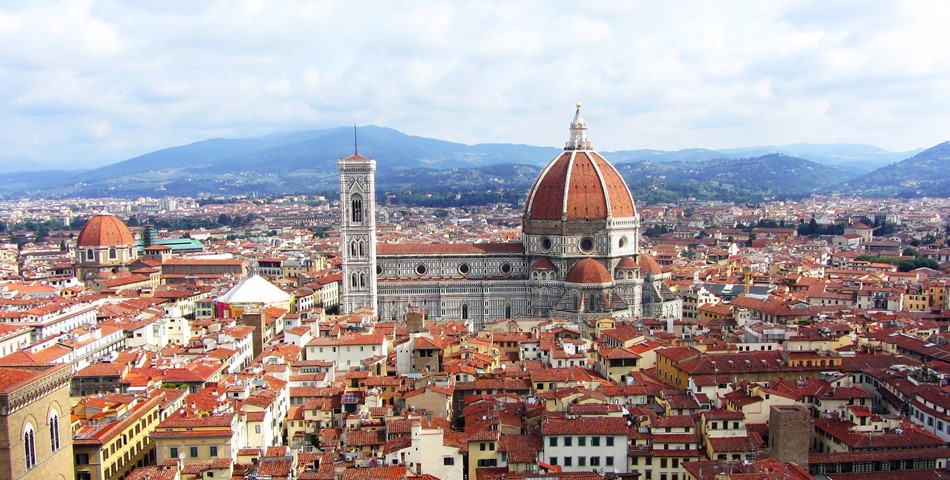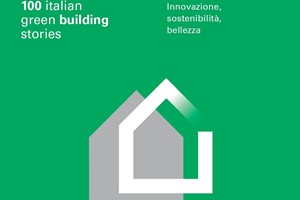Though the effect of economic recession continued to weigh on the housing prices in 2016, a gradual recovery could be observed over the forecast period (2014-2020), which can be attributed to the government's efforts to restore growth in the housing sector through tax incentives on the purchases of residential properties. MRH projects the residential construction market to post a forecast-period CAGR of 2.89% in nominal terms, following negative growth during the review period. In order to upgrade the country's transport infrastructure, in July 2015 the European Union (EU) launched the Operational Program for Infrastructure and Networks in Italy, which included plans to invest USD2.0 billion to develop various rail, road and port infrastructure projects in the country by 2020. The governments focus on the development of the country's broadband network is expected to contribute to the expansion of the telecommunications infrastructure category over the forecast period. In line with the EUs target to provide internet access to all households in every European country, in March 2015, the government announced plans to invest USD6.7 billion until 2020 to deploy internet networks with a minimum speed of 30.0mbps across the country. Moreover, to accelerate the pace of foreign investments in the country's manufacturing sector, the government launched the Industry Plan 4.0 in February 2017. Under this, the government announced plans to offer various tax incentives to foreign manufacturers, including a 50.0% tax credit on all the research and development investments, which will be made in the country between 2017 and 2020. In fact, the country's construction industry is expected to reach a value of USD286.7 billion in 2021 in real terms, measured at constant 2010 US dollar exchange rates, according to Timetric's Construction Intelligence Center (CIC). The construction sector growth over the forecast period to 2021 will be supported by the government's focus on developing the country's rail infrastructure. Additionally, the government's efforts to increase the country's energy generation capacity - with a special emphasis on renewable - are also expected to drive investments in energy infrastructure construction projects over the forecast period. over the longer-term, growth in Italy's construction industry will be supported by improving regional and global economic conditions, which in turn is expected to restore investor confidence in the country and thereby drive funding towards construction projects. Moreover, the government's efforts to revitalize the sluggish economy through the implementation of attractive policies, in order to boost foreign direct investments (FDIs) and tax incentives, is also expected to bode well for the industry over the forecast period. According to the United Nations Conference on Trade and Development (UNCTAD), the total value of FDI in the country rose by 49.8%, going from USD19.3 billion in 2015 to USD29.0 billion in 2016. This was preceded by an annual contraction of 16.8% in 2015. Residential construction was the largest market in the industry during the review period, accounting for 56.3% of its total value in 2016. Furthermore, accounting for 17.5% of the industry's total value in 2016, infrastructure construction was the second-largest market during the review period. The market is expected to increase in importance over the forecast period, to account for 18.3% share of the industry's total value in 2021. Forecast-period growth is expected to be supported by large-scale public sector investments in transport infrastructure projects so as to enhance regional connectivity and reduce traffic congestion in the country.



Deterioration in the Italian construction sector started to slow at the end of 2014, as the economy rebounded modestly. However, construction performance is still far away from a real rebound. According to Atradius, Italy s GDP growth remains feeble in 2017 (up 0.7%) after growing just 0.8% in 2016, which will hamper construction growth. After a weak 0.3% increase in 2016, construction investments are expected to decrease 1.2% in 2017, with new housing investments down 3% and public works investments decreasing 3.5%.










